Children’s books have nestled in my heart for years, as I fondly remember certain titles or times spent perusing book fairs full of dust and memories. These days I have the perfect excuse to finally start a collection: an eighteen-month-old who loves her libros. I am still a few years away from the books I hold dear from my childhood, fragile pages and sensitive spines that would never survive the hard use the new sturdier titles endure — new titles that I happily read over and over, repetition that gives me a chance to analyze every detail.
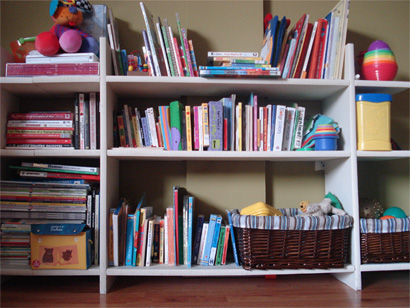
It is well understood that books are fountains of knowledge — be it a historical reference book or a lesson learned at an early age, where colors, shapes, objects, experiences and facts of life are explained to children in many ways — knowledge that needs to be clearly communicated. As I try to teach my daughter the shapes known as letters that form the words she loves to pronounce loudly into my ear, I am bemused at the type selections and the art of typesetting.


There are the traditional and legible selections that leave little to the imagination and play a secondary role to the story and the illustrations.
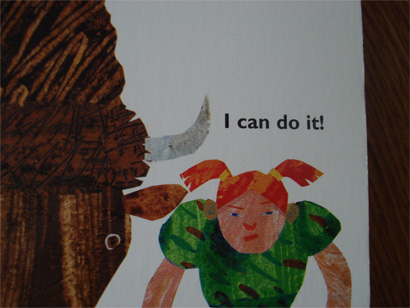
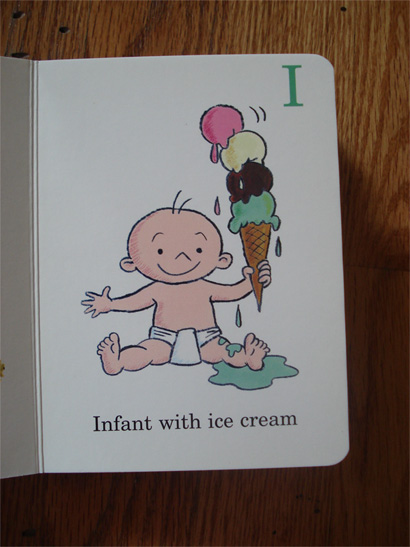
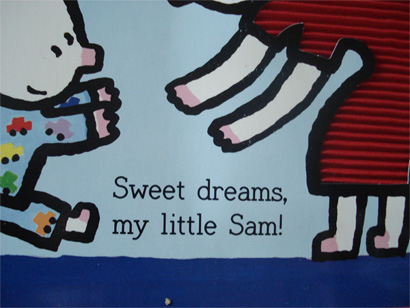
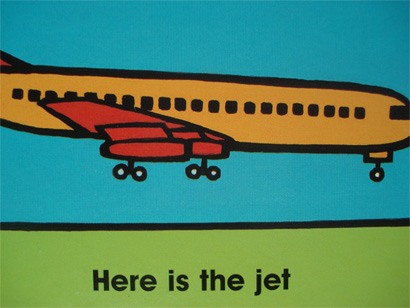
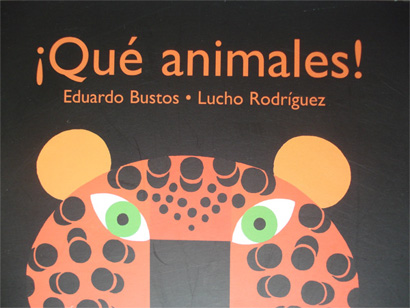

Then you have the marriage between comic sans and childish handwriting that makes my skin crawl more than fingernails on a chalkboard.
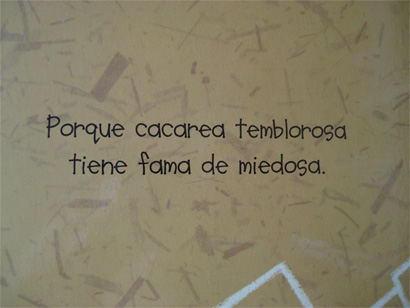
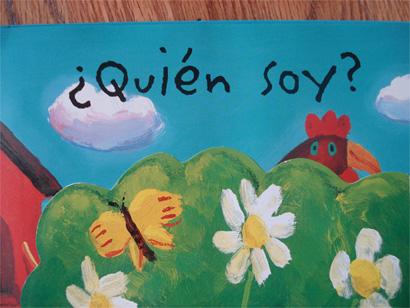
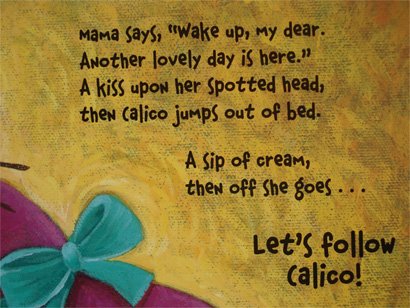

The use of all caps is also a favorite. While I see the ease of working in the caps and then the lowers in the learning experience, I can’t for the life of me see how a child is supposed to read everything in caps — especially is the base line shifts, the kerning is in the negative realm or the boldness of each letter is different based on size changes that are badly executed.
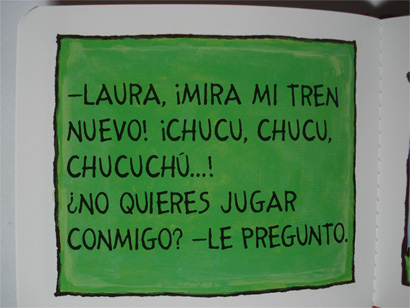
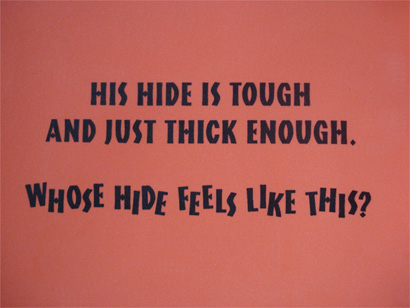
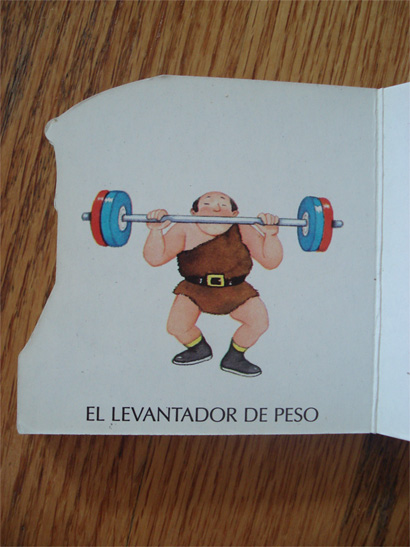
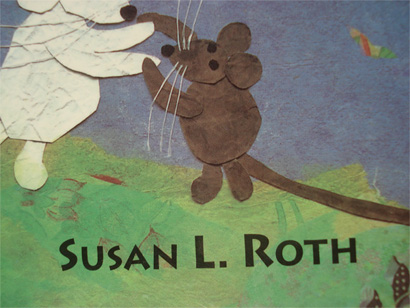
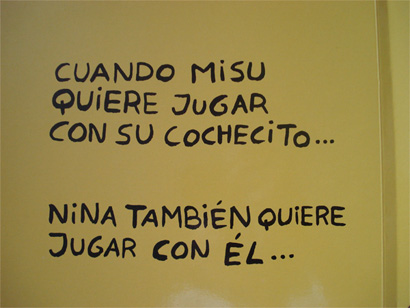

How am I supposed to teach her each letter, when individual letters are so similar? Oh, double-story “a” where art thou?
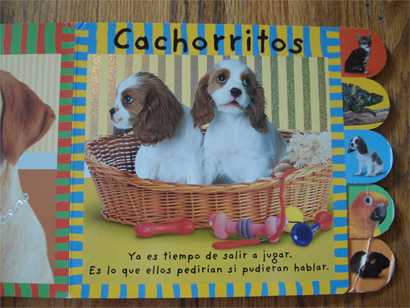
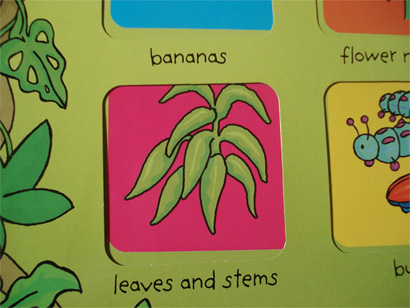
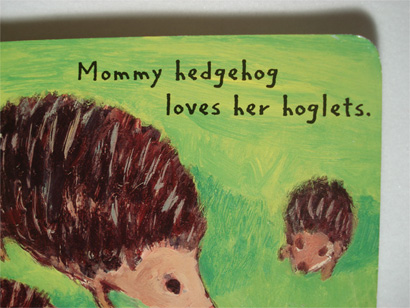
When the iteration of each letter can vary so greatly?
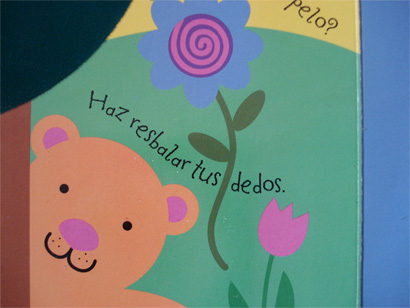
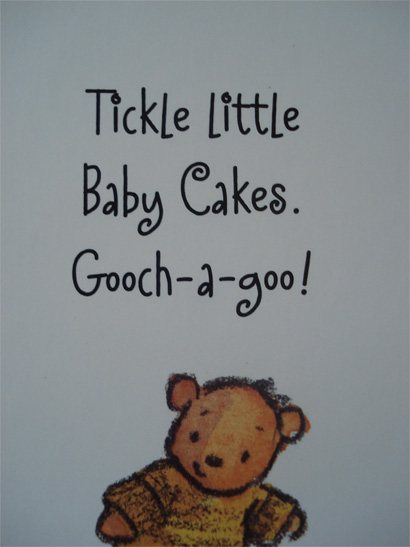
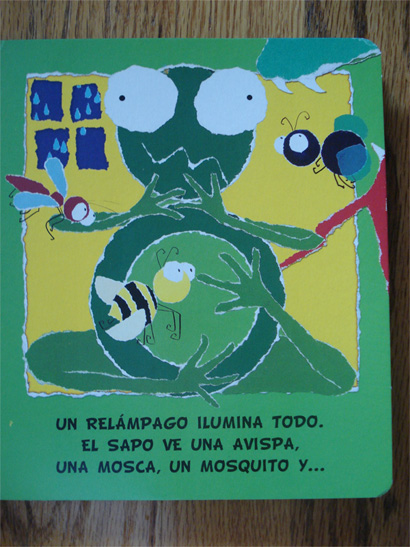
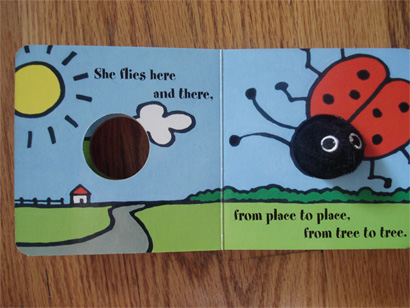
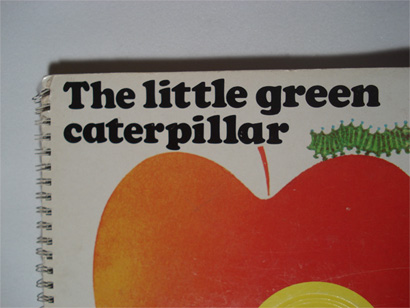

Is she supposed to drive her bike from one letter to the next and add them to make a word to make up for bad kerning? When does a word end?
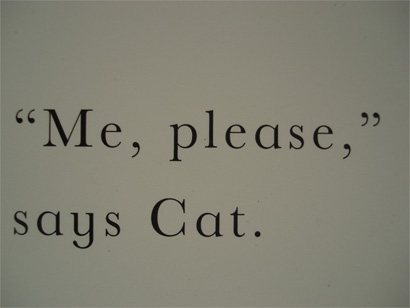
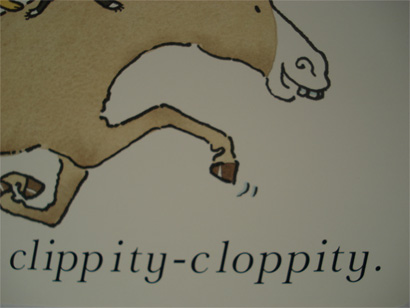
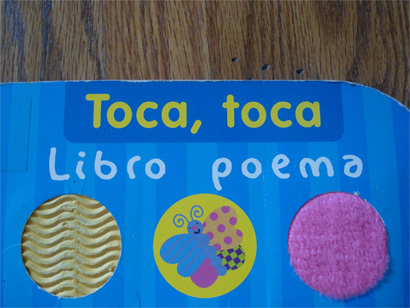
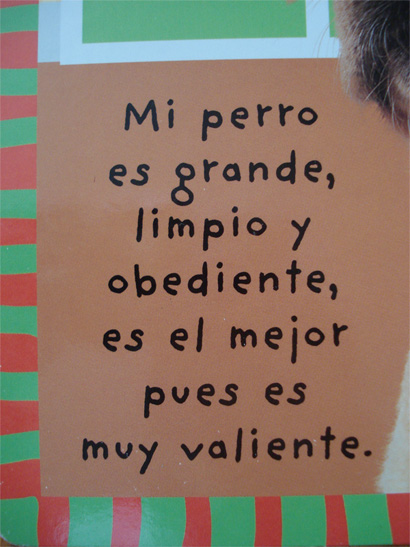

And while at it, what is up with all the centered type?
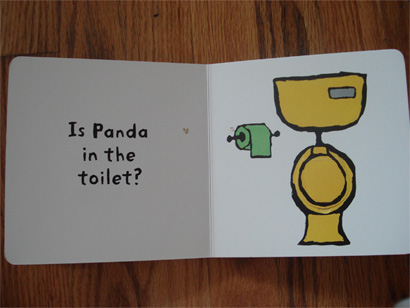
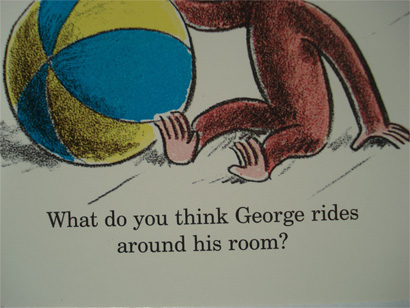
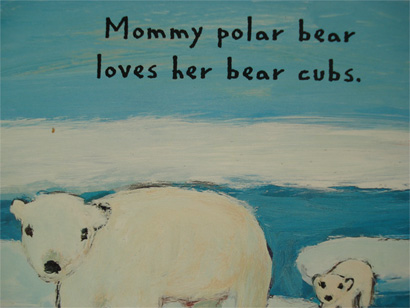
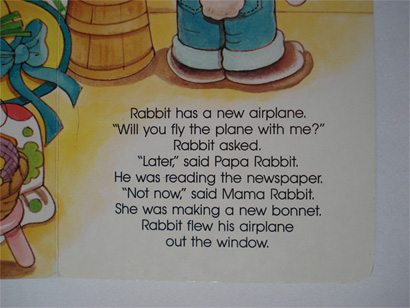

Ultimately, some things should not be done. Ever.
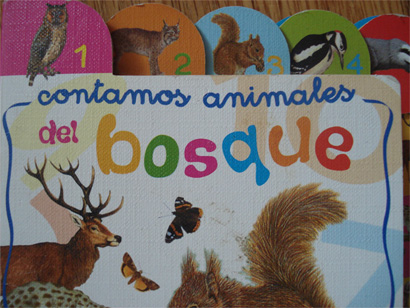
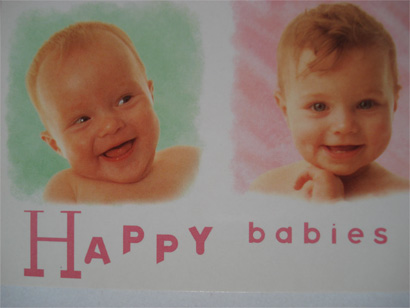
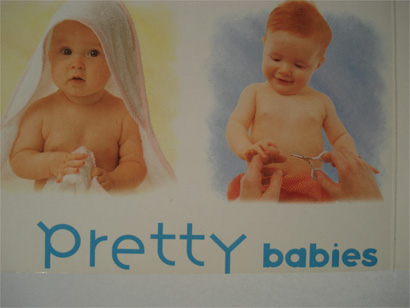

So, to any children’s book designers out there who might be reading this, I dutifully beg: see the letters from a child’s perspective. Not everything needs to be set in Helvetica, but do remember how hard it was to learn/teach letters, reading and writing and ask yourself and those involved if you are helping or confusing the hell out of those four feet and under.






Excellent post. A self-professed type nut and father of a beautiful 4-yr-old boy with autism, reading children's books is a constant challenge. It's upsetting that these books have "fun" type faces that are almost illegible, especially when set in wild colors, and set in a different area every page. If I'm having trouble reading it, how can this possibly be good for my son?
It's an odd phenomenon that we teach our youngsters the ABCs with the capital letters first. I think it speaks more about the type we see as adults (most notably, signage), than it does about what would be easiest to teach children as a basis for learning to read. However, the capital letters DO have a key differences from one to the next, which is easy to see when they're set separately, like on an ABC chart.
Children's books, especially for children 6 and younger, might make the best case for TRUE small caps, unlike the Susan L. Roth image (above). If we're teaching toddlers and preschoolers the ABCs as capital letters, then the transition to reading words, sentences, and eventually paragraphs with TRUE small caps seems like the logical progression.
One thing I will note though, is that the negative tracking probably HELPS the children see words as whole shapes, not just collections of individual letters. That being said, I think the leading needs to increase, especially when these books have the lines run the the full width of the page.
Also, if using true small caps, then I think an argument can be made for using typefaces of exaggerated varying widths. I'm not advocating Trajan here (I wish it would just go away), but Gill Sans, Futura, and the like.
Oh, and one more thing: bold and italics should NEVER be used. Why confuse them?
On Nov.05.2008 at 10:17 AM